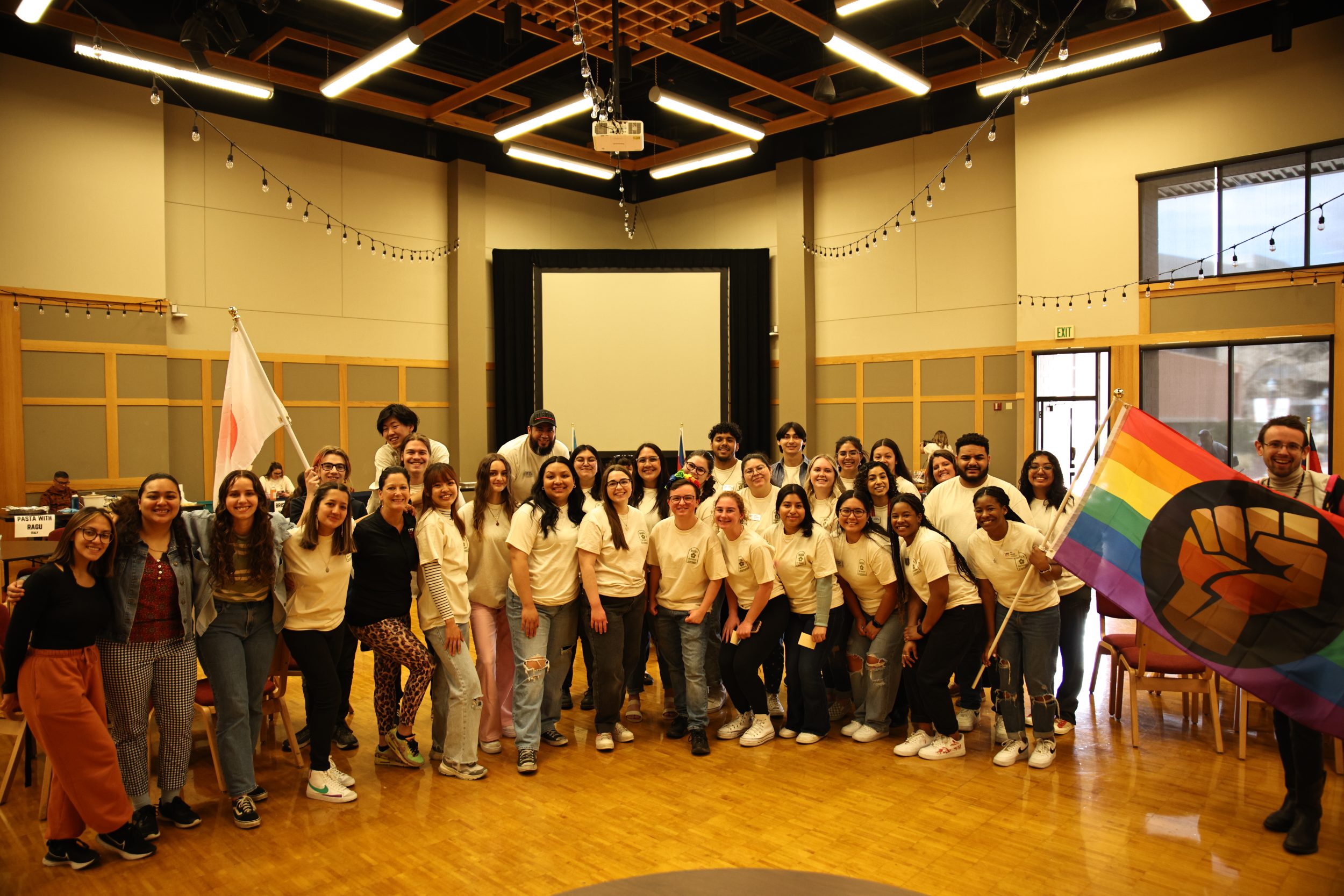Between the fry sauce, snowy mountains, red rocks and church on every corner, Utah brings a lot to the table when it comes to the culture shock department.
At Utah Tech University, 19% of the student body is from out of state, and there are almost 200 international students.
Kirari Yamashita, a sophomore dance major from Japan, said: “I was surprised that even in such a diverse country like the U.S., there are places where the majority of the population is white. I knew that, but as I lived more and more in Utah, I sometimes wasn’t sure if I was being discriminated against or distinguished as an Asian. It was a bit of a shock to me that there were so few Asians, and so few internationals, in the area.”
The 2023 racial composition of Utah’s population is:
- White: 85.14%
- Two or more races: 4.24%
- Asian: 2.32%
- Black or African American: 1.21%
- Native American: 1.05%
- Native Hawaiian or Pacific Islander: 0.93%
- Other race: 5.1%
“I think it’s a really great place to live if you’re looking for new values or new experiences,” Yamashita said. “However, I also feel that there are people who have a feeling for you as a minority or a foreigner, and sometimes it makes you insecure about it or loneliness.”
The array of outdoor activities in Utah could be enough to send someone into shock with the Bonneville Salt Flats, the mighty five national parks, “the greatest snow on earth,” and the Great Salt Lake. With tourists and visitors coming to Utah to see the scenery, there are major societal differences only international and out-of-state students would recognize after living in the state while going to school.
Utah has the largest Church of Jesus Christ of Latter-day Saint community in the United States with over two million members, which is more than 60% of the states population.
Ivan Mosiichuk, a senior information technology major from Oleksandriya, Ukraine, said the first culture shock he recognized when he came to Utah was how religious the people are. He said in Ukraine a religious population is not as common.
Mosiichuk said: “One time, when I was talking to a person, I invited them to have coffee, and the person said ‘Oh, I don’t drink coffee,’ and that was surprising to me. I have lived here for four years, and I have friends who are members of the LDS church, so they are pretty cool too. We can always do different activities together.”
Mosiichuk said it is fun to meet people with different backgrounds, cultures and religions; however, he suggests if someone is struggling with the experience of culture shock, you should find individuals you have a common interest with.
According to ISEP, there are five stages of culture shock that anyone could experience when being submerged in a new culture and location surrounded by new people.
- The honeymoon stage
- The distress stage
- Re-integration stage
- Autonomy stage
- Independence stage
ISEP suggests: “…culture shock can be a growth process that increases your understanding of your host culture and of yourself. One of the most effective strategies to mitigate culture shock is to prepare yourself. The more you know about what to expect, the more comfortable you will be.”




